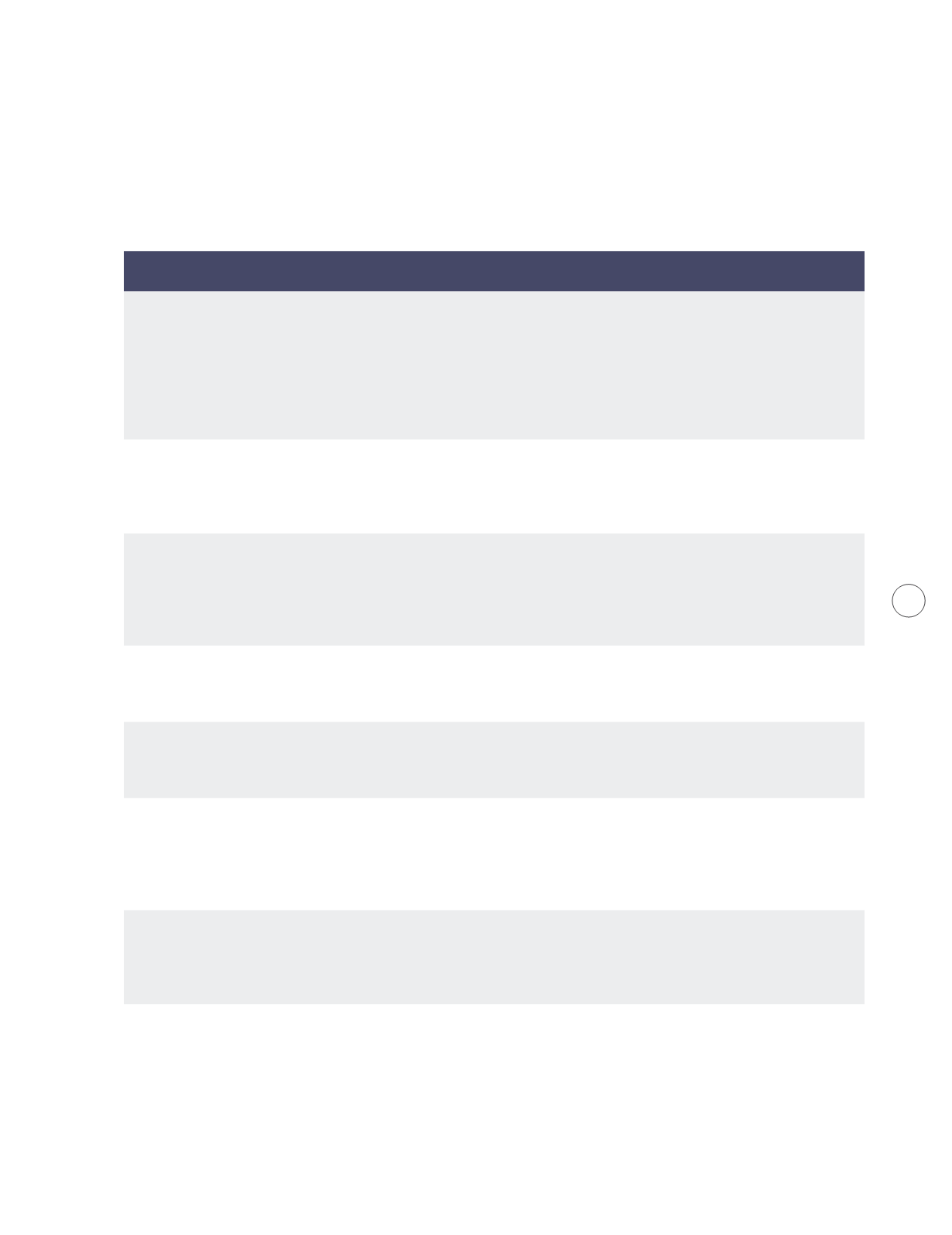

The summary of key risk categories and mitigation measures are as follows:
Key risk category
Our approach
Business and operational:
Local and
global competition, economic slowdown
factors, escalating operational costs,
and invasion/demonstration by the local
community due to conflict or cultural
belief adversely impact the business
operations.
• Monitor market/ economic conditions.
• Strategic business plan based on market conditions.
• Costs saving initiatives across the business units.
• Key marketing strategy for each division.
• Engagement with the local community.
Sustainability:
Higher expectation
and demand by the stakeholders for
company to produce products in a
sustainable and responsible manner.
• Group Sustainability Committee is tasked to oversee the Group’s
sustainability initiatives and performance.
• Maintain supply chain transparency and adherence to international
standards.
Environment:
Local and global weather
patterns, natural disasters, diseases or
crop pests and stringent environmental
and conservation regulations.
• Flood mitigation measures at flood prone areas.
• Establishing a safe wildlife corridor for animals to ensure they do
not wander off into communal/estate areas.
• Water and waste management.
• Adoption of good agricultural practices.
Financial:
Volatile exchange rates for
import and export and fluctuation in
prices.
• Continuously manage exposures and long-term asset and liability
outlook.
Compliance:
Internal and external
regulatory requirements.
• Compliance of business processes with the relevant laws/
regulations.
• Review the Group’s policies and procedures from time to time.
Occupational, Safety, and Health:
Accident occurs to employees or
customers arising from non-compliance
with policies and procedures leading to
injury or casualty.
• Safety, Health & Environment and Emergency Response policies &
procedures at the divisional level.
• Risk assessment to control the hazard/risk at the workplace.
• Creating safety awareness through training.
• SHE committee/department to oversee health and safety issues.
Political changes and instability:
Investment returns could suffer as a
result of political changes or instability
in a country.
• Engage government and regulators on policy matters at local,
provincial and federal levels and provide support of national
agendas.
Corporate liability:
Bribery and
corruption risks.
• Adoption of Anti-Bribery Policy.
• Whistle-Blowing Policy in place for non-compliance reporting.
• Creating awareness through training, both via e-learning and
classroom training.
The Group will continuously strengthen its processes to ensure it has
Adequate Procedures in place in accordance with the Malaysian Anti-
Corruption Commission Act 2009.
Statement on Risk Management
and Internal Control
Annual Report 2020
kumpulan Fima Berhad
(197201000167)(11817-V)
111










